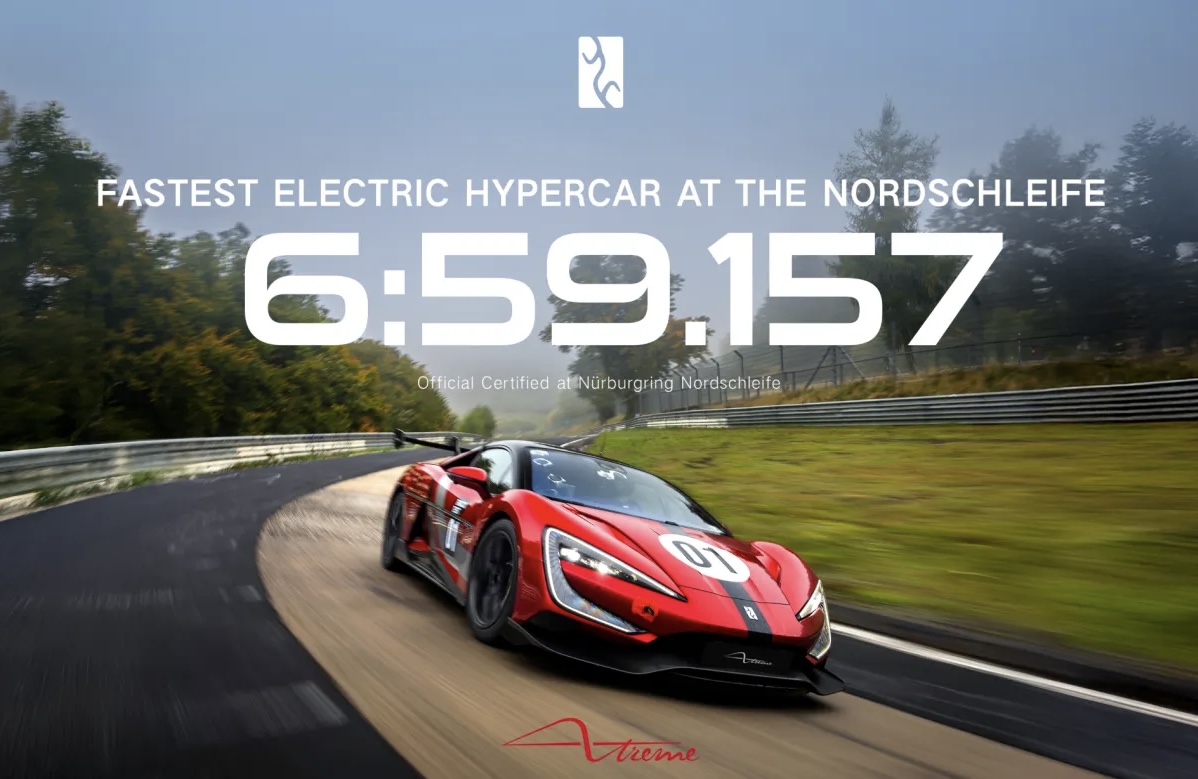In September 2024, the average price of a parking space in new buildings in Moscow reached 3.07 million rubles, which is 5% more than in the same period last year. This follows from the data of the Metrium company, reviewed by Izvestia.
Author:
https://rb.ru/author/pardaeva/
Subscribe to RB.RU on Telegram
Since the beginning of the year, about 11.3 thousand parking spaces have been sold in “old” Moscow under shareholding agreements, which is 29% more than last year. At the same time, in the last three years demand has decreased by 12% and the availability of parking spaces has decreased by 24%, with an indicator of 11.6 thousand available spaces.
Parking space prices continue to increase at a rapid pace. The average cost of a parking space in the mass segment is 2.36 million rubles, in business class – 3.31 million rubles, and in premium class – 3.73 million rubles. In elite projects, the price increases to 12.5 million rubles, and in the luxury class – to 18.7 million rubles, said Rariteco development director Ekaterina Borisova.
According to the Osnova group of companies, when purchasing apartments in the early stages of sale, it is required to purchase one parking space for every four or five transactions.
Moscow authorities proposed reducing the provision of parking spaces for residential complexes, citing the development of public transport. In particular, the Architecture and Urban Planning Committee plans to reduce the minimum standard from 350 to 257 parking spaces per thousand apartments, but, as Ruslan Syrtsov, general director of Metrium, points out, this change can only affect the mass segment.
He suggested that the reduction of parking areas would only affect projects in the mass segment. For business and premium class developers, reducing the number of parking spaces is not profitable, as it remains an important competitive advantage.
- In October, the Ministry of Construction proposed reducing the number of parking spaces near economy-class residential complexes. The authors of the initiative believe that this will help the development of public transport and reduce the level of motorization. The new rules could come into force in early 2026.
Author:
Karina Pardaeva
Source: RB
I am a professional journalist and content creator with extensive experience writing for news websites. I currently work as an author at Gadget Onus, where I specialize in covering hot news topics. My written pieces have been published on some of the biggest media outlets around the world, including The Guardian and BBC News.











